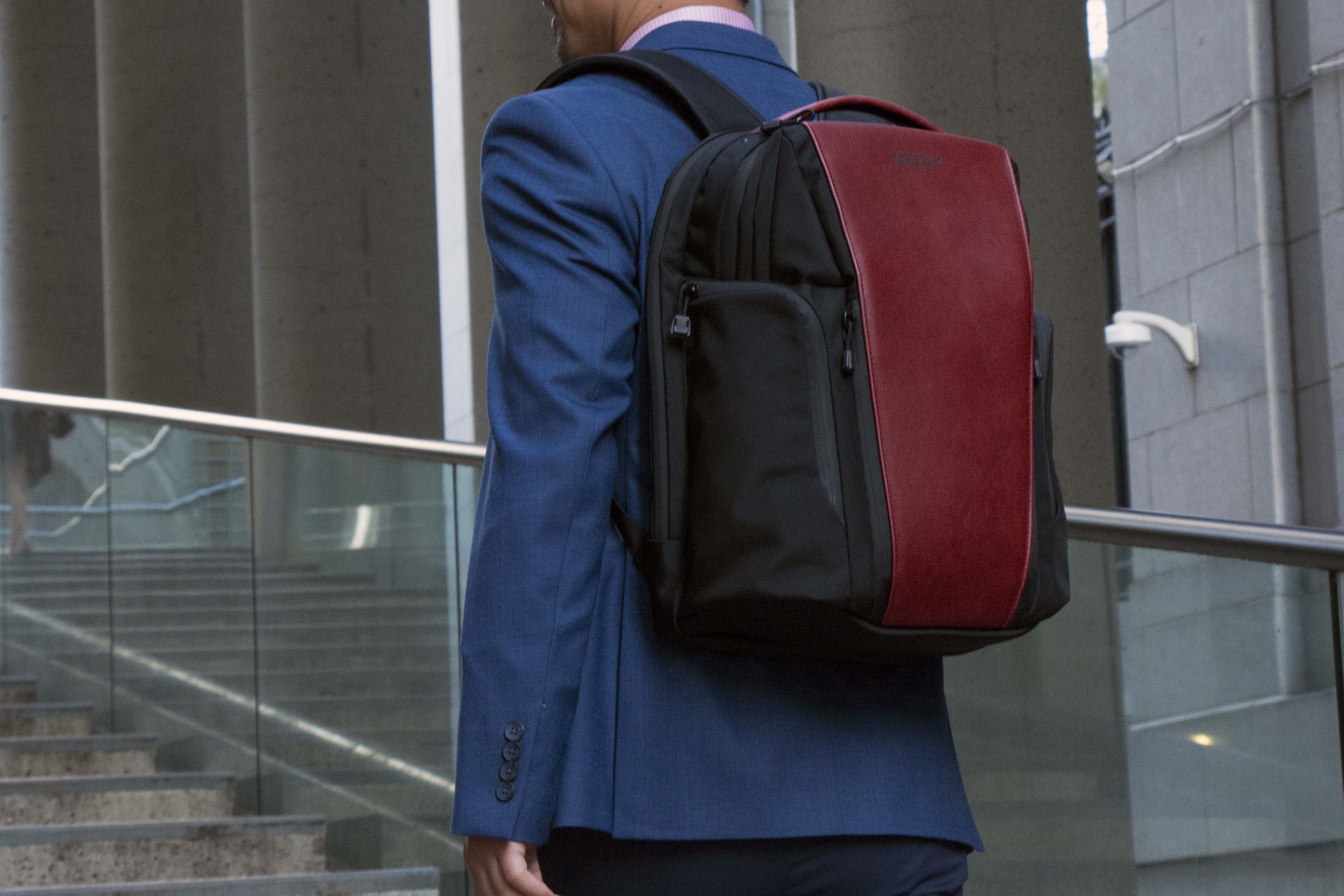Ways to Protect and Maintain Your Heavy-Equipment Tires

When it comes to working with heavy equipment, professionals should do all they can to keep the equipment in the best possible condition. Not only do these machines deteriorate quicker without the proper care, but they’re also incredibly expensive to replace. Fortunately, a lot of future mechanical issues can be prevented simply by protecting your machine’s tires. A vehicle’s tires work to absorb shock from the terrain and resist blowout or puncture, limiting the amount of damage that occurs from daily use. So if you’re interested in learning how to preserve the usability of your machines, try these ways to protect and maintain your heavy-equipment tires.
Choose the Best Tires for the Job
No matter what industry you’re in, one of the best ways to ensure your tires stay in good condition is purchasing the right ones for the specific job being performed. This is because each model of tire is designed to accommodate certain terrains and to function best under specified conditions. When using them for their intended purpose, they’re less likely to be damaged and will require less maintenance overall. For example, by choosing the right forklift tires for the terrain you’re working on, you’re bound to get more months of service for the price.
Perform Regular Tire Inspections
Conducting regular tire inspections on your fleet is also vital to protecting the quality of your tires. Regardless of what piece of equipment you’re looking at, if it has tires, they must be inspected along with the rest of the body. This gives you a chance to note any wear in their treads, gouges in the material, or cracks from excessive dryness. With this information available to your mechanics, you can plan the best course of action to strengthen your tires and slow the progression of future damage.
Put Together a Tire Maintenance Schedule
Another important way to protect and maintain your heavy-equipment tires is by establishing a clear maintenance schedule to address any current concerns. Once you perform your inspections and make note of the existing problems, this time is used to fix potential concerns and apply protective products to minimize terrain impact. Tire maintenance also involves cleaning your tires and removing any mud, dirt, or debris lodged into the treads.
Encourage Good Driving Practices
The way your vehicles are being driven also directly correlates to the overall state of their tires. If an operator tends to drive recklessly, the tires are more likely to sustain damage than they would normally. Because of this, appropriate safety and operational training is key to both looking out for the well-being of your workers as well as keeping your company property in good shape.





